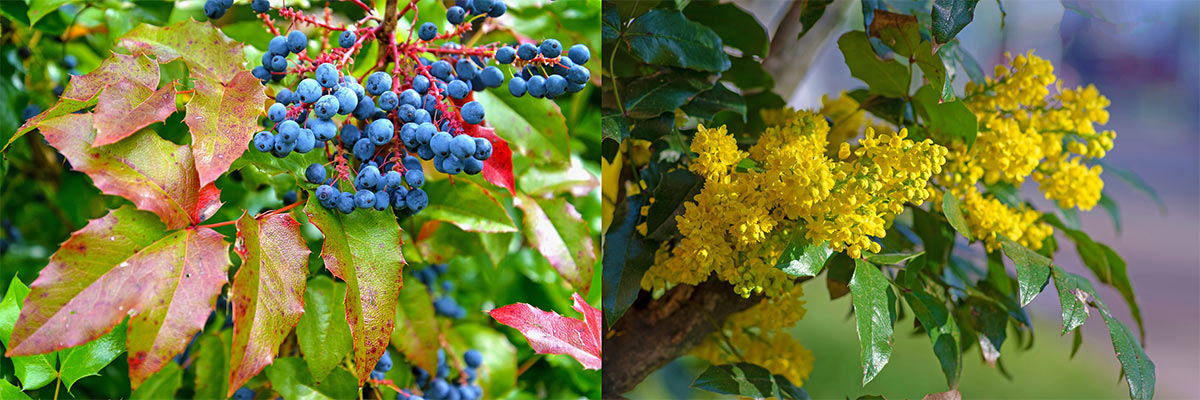- be_ixf; php_sdk; php_sdk_1.4.18
- 10 ms
- iy_2025; im_12; id_03; ih_05; imh_10; i_epoch:1.76476740378E+12
- ixf-compiler; ixf-compiler_1.0.0.0
- py_2025; pm_10; pd_08; ph_06; pmh_56; p_epoch:1.75993179898E+12
- link-block; link-block_link-block; bodystr
- pn_tstr:Wed Oct 08 06:56:38 PST 2025; pn_epoch:1.75993179898E+12
- 0 ms
- be_ixf; php_sdk; php_sdk_1.4.18
- https://sou.edu/academics/chemistry/faculty-research/
- https://sou.edu/academics/chemistry/faculty-research/

Wayne Hung – Environmental Analytical Chemistry
Dr. Hung’s research explores two central questions in environmental chemistry and microbiology: “What geochemical and microbial processes influence the fate of emerging contaminants in the environment, and how do they interact?” and “How well do we understand the links between the environment, animals, and humans regarding these contaminants?” His work combines a range of analytical and biological methods to assess the environmental impacts of human activities, with a particular focus on the occurrence and dynamics of metal(loid)s and antibiotic resistance in urban and agricultural ecosystems. His past studies include examining soil lead contamination in Los Angeles, metal-co-selective effects on antibiotic resistance in urban green infrastructure and biosolid-applied agricultural soils in Kern County, and the effects of irrigation with reused water on agricultural soils in Ensenada, Mexico. Current research areas include (1) investigating environmental factors, including other emerging contaminants, that influence the persistence of antibiotic resistance; (2) developing standardized, low-tech field methods for quantifying antibiotic resistance and associated contaminants in water and soil; and (3) examining the role of airborne antibiotic resistance in contaminant transport across Southern Oregon and beyond.

Anna Oliveri – Inorganic Chemistry
Dr. Oliveri’s research is in the field of inorganic chemistry with a twist of environmental and geochemical applications. Her specialty focuses on nanoscale polyatomic ion cluster behavior in solution, and to date she has studied gallium, indium, aluminum, bismuth, and uranium nanoclusters. Dr. Oliveri shows undergraduate researchers how to use Nuclear Magnetic Resonance (NMR) to observe these nanoclusters’ structures, concentrations, and dynamic behaviors in aqueous environments. Her current research focuses on aluminum. Aluminum is ubiquitous in the environment and the cation forms multiple polyatomic cluster species dependent upon concentration and pH. Aluminum has industrial applications in cosmetics, water treatments, and material science, but the fundamental solution behavior of this metal has yet to be fully understood. With the help of SOU undergraduates, Dr. Oliveri plans to slowly unravel the enigma that is aqueous aluminum chemistry.

Hala Schepmann – Bioorganic / Natural Products Chemistry
Dr. Schepmann’s research focuses on the isolation and characterization of bioactive natural products. These compounds, which are produced by living organisms, play a key role in drug discovery and drug design. Current efforts in the Schepmann lab include the identification of antineoplastic and antiangiogenic terpenoids from Mahonia aquifolium and analysis of flavonoids in herbal products used as complementary treatments to conventional anxiolytics. Dr. Schepmann is also Co-PI of the NSF ADVANCE ASCEND Partnership Grant (No. 1936070 and No. 2128203) which supports the advancement and leadership development of mid-career women STEM faculty.
Achieve Your Degree in Chemistry at SOU
Contact Chemistry
SOU Chemistry Program
1250 Siskiyou Blvd.
Ashland, OR 97520
541.552.8172
– Questions About Chemistry? –
